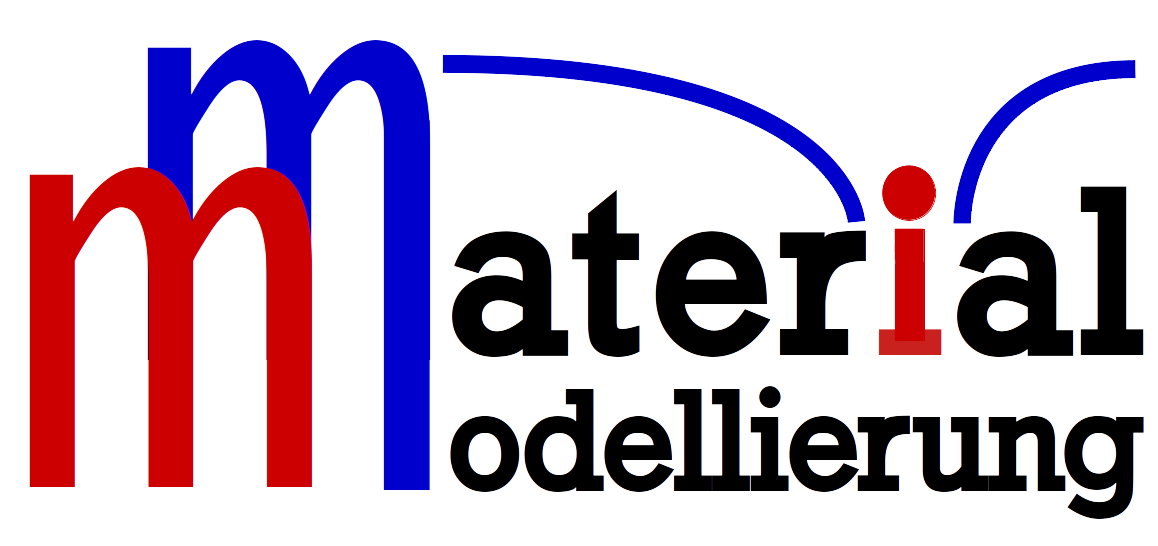Our unique approach is thereby based on these stable fcc and bcc lattices and a continuous exploration of the chemical parameter space in between these model alloys as well as in the direction of subset compositions, thus contributing to the understanding of HEAs in general. We want to focus on transitions in the properties going from a diluted solid solution to a concentrated high entropy alloys, where conventional rules of mixtures, like Vegards law do not apply. For the bcc alloys we will apply experimental approaches like chemical diffusion and tracer diffusion on the HfNbTaTiZr (Senkov) and related system and analyze the phase stability as well as the solid solution strengthening and interdiffusion coefficients.For the fcc systems, we will focus on Ni-CoCrFeMnNi, Al-CoCrFeNi, as well as the Cr-CoCrFeMnNi mixed systems studying the role of grain boundaries in these fcc HEAs. In HEAs, the specific contribution of grain boundaries with respect to diffusion, segregation, phase separation and mechanical properties are mostly unknown.
Processing of the fcc-alloys will involve severe plastic deformation (SPD) of the alloys with subsequent heat treatment and thermal analysis. The nanostructured HEAs after SPD are ideally suited to study phase stability, interdiffusion processes as well as the dislocation grain boundary interaction. At intermediate temperatures, grain boundaries are expected to act as nucleation centers for phase decomposition or structural phase formation. Thus, grain boundary investigations can be utilized as a looking glass for analyzing the early stages of structural instabilities in HEAs. Tracer diffusion will present an important tool for analyzing the atomic mobilities in the bulk HEAs (mainly bcc system) but also specifically along the grain boundaries (fcc systems). Microstructure investigations on all relevant length scales from the atomic (TEM) to the micron-scale (high resolution EBSD) shall reveal defect structures, lattice strain and the characteristics of internal homo- (grain boundaries) and hetero-phase interfaces such as segregation, dislocation pile-ups or strain fields. The alloys will be analyzed with respect to their mechanical properties, using macroscopic compression and nanoindentation testing from RT up to 1100°C at various strain rates. The experimental studies are closely interlinked to atomistic modelling, which provides additional insight into the lattice stability, basic deformation mechanism, diffusion mechanisms, defect structures, and particularly defect formation and defect interactions in HEAs.
AZ: AL 578/25-2
Project period: 01.2021 – 12.2023


Error on loading data
An error has occured when loading publications data from TUbiblio. Please try again later.
-
{{ year }}
-
; {{ creator.name.family }}, {{ creator.name.given }}{{ publication.title }}.
; {{ editor.name.family }}, {{ editor.name.given }} (eds.); ; {{ creator }} (Corporate Creator) ({{ publication.date.toString().substring(0,4) }}):
In: {{ publication.series }}, {{ publication.volume }}, In: {{ publication.book_title }}, In: {{ publication.publication }}, {{ publication.journal_volume}} ({{ publication.number }}), ppp. {{ publication.pagerange }}, {{ publication.place_of_pub }}, {{ publication.publisher }}, {{ publication.institution }}, {{ publication.event_title }}, {{ publication.event_location }}, {{ publication.event_dates }}, ISSN {{ publication.issn }}, e-ISSN {{ publication.eissn }}, ISBN {{ publication.isbn }}, DOI: {{ publication.doi.toString().replace('http://','').replace('https://','').replace('dx.doi.org/','').replace('doi.org/','').replace('doi.org','').replace("DOI: ", "").replace("doi:", "") }}, Official URL, {{ labels[publication.type]?labels[publication.type]:publication.type }}, {{ labels[publication.pub_sequence] }}, {{ labels[publication.doc_status] }} - […]
-
Number of items in this list: >{{ publicationsList.length }}
Only the {{publicationsList.length}} latest publications are displayed here.
Research Assistant

Shankha Nag Ph.D.
Contact
shankha.nag@tu-...
work +49 6151 16-21891
Work
L6I01 212
Otto-Berndt-Str. 3
64206
Darmstadt
Project Leader

Prof. Dr. rer. nat. Karsten Albe
Head of Research Group
Contact
albe@mm.tu-...
work +49 6151 16-21900
fax +49 6151 16-20965
Work
L6|01 211
Postfach 10 06 36
Otto-Berndt-Str. 3
64206
Darmstadt



